I have some basic doubts about switched capacitor resistors:
With this circuit we get an equivalent resistance equal to (Reference: Wikipedia):
Where f is the frequency of the clock signals that open and close S1 and S2.
My doubts are:
When we switch from S1 to S2 or vice versa, Cs has a certain charge and so a certain voltage, and at that instant a different voltage is applied on it. It is like short circuiting two voltage sources with different voltages. Where does the deltaQ (difference of charge) go, since there are no resistances?
Resistance means dissipated power. So if we get the behaviour of a resistor, there should be dissipation of power. But in this circuit S1 and S2 are ideal, and also Cs. Which is the explanation of this?
